 Abraham Lincoln
If given the truth, the people can be depended upon to meet any national crisis...
Abraham Lincoln
If given the truth, the people can be depended upon to meet any national crisis...
 Guildford news...
for Guildford people, brought to you by Guildford reporters - Guildford's own news service
Guildford news...
for Guildford people, brought to you by Guildford reporters - Guildford's own news service
Birdwatcher’s Diary No.166
Published on: 22 Jul, 2018
Updated on: 23 Jul, 2018
By Malcolm Fincham
The June heatwave carried on into the first few weeks of July. Temperatures continued to hover around 30c. with no rain for over four weeks, plant life was beginning to suffer in many of the areas I visited.
Long overdue was a visit to Clandon Wood Burial Ground, a short distance, along the Epsom Road in West Clandon. Just a passing visit, I hasten to add, with no plans!
A strange unintentional habit of mine is to recollect songs from days gone by when visiting places on my travels. Since finding it a custom I’m not alone with.
This time rolling back to the early 1970s with a Rolling Stones song:
Went out walkin’ through the wood the other day.
And the world was a carpet laid before me.
The buds were bursting and the air smelled sweet and strange.
And it seemed about a hundred years ago.
On this occasion, for those who can recall the rest of the lyrics, it was a kestrel that was sat upon a gate, gazing skyward. A family of them had recently fledged in the area and the young were still remaining within sight of their parents.
They certainly seemed to realise they were in, a “human-friendly” environment there.
Often seen perched on the pavilion, too.
Six-spot burnet moths seemed plentiful this year.
As well as a good variety of butterflies now taking to the air, although never the easiest to photo. I was, as always, in hope that they might settle for long enough to catch a picture.
Gatekeeper butterflies were now abundant.
As well as marbled whites.
I was fortunate to see and have a brief chat with Clandon Wood’s resident ecologist and ornithologist Matt Phelps, who keeps a blog on recent sightings there. Matt’s nature diary blog is at. https://www.clandonwood.com/
He put me on to where he had his latest sightings of the elusive white-letter hairstreak butterfly.
I also managed to add purple hairsteak, while in the vicinity.
A new brood of brown argus butterflies had also started to breakout.
Also finding a small copper butterfly.
A small pond in the grounds harboured several species of dragonfly, including emperor dragonfly.
While on the pond was an adult little grebe with its young.
Several house martins.
And swifts could be viewed flying overhead.
While common buzzards and a red kite circled the blue skies above.
During the first week of July I visited Oaken Wood in Chiddingfold. A few purple emperor butterflies could be seen coming to the ground, seeking minerals to feed upon.
White admirals were in good numbers.
As well as silver-washed fritillaries.
A few ringlets, not long out on the wing, could be seen and were already mating.
Adding to the sightings were numerous large skippers.
On July 5, I checked out Newlands Corner.
Among my findings were several dark-green fritillary butterflies.
A few silver-washed fritillaries.
And a dozen or so purple hairsteak butterflies, that, from time to time, buzzed around the tops of a small group of oaks, growing on the chalk downland.
Also adding a photo of a song thrush, collecting food for its young.
On the sandy heathland of Thursley Common, at the moat pond, near the car park, water lilies had begun to burst into flower.
Dragonflies and damselflies seemed abundant this year, none less so than at Thursley. Although many pools on the boggy parts of the heathland were now drying up. With some patience, I managed a few in-flight pictures of emperor dragonflies as they flew back and forth over the rapidly drying ditches.
The adult male, red-backed shrike, I mentioned in my previous report, was still present, as we headed into the second week of the month. Now having moved across the heathland from the Pudmore pond.
It could only be seen from a distance in an area cordoned-off for a small group of belted Galloway cattle to roam.
With daytime temperatures still hovering around 30c, it seemed even too warm but for a few common lizards to bask on the boardwalks.
A visit to Farlington Marshes near Portsmouth on July 10, gave me the chance of acquiring some slightly cooler sea air. Although not adding any new sightings to my “year list”, I did get some reasonable photos while on the circular walk around the reserve.
A pair of adult swallows, feeding their young, was probably the highlight of my visit. The young fledglings had perched in a hawthorn, while their parents busily collected flying insects from the surrounding field.
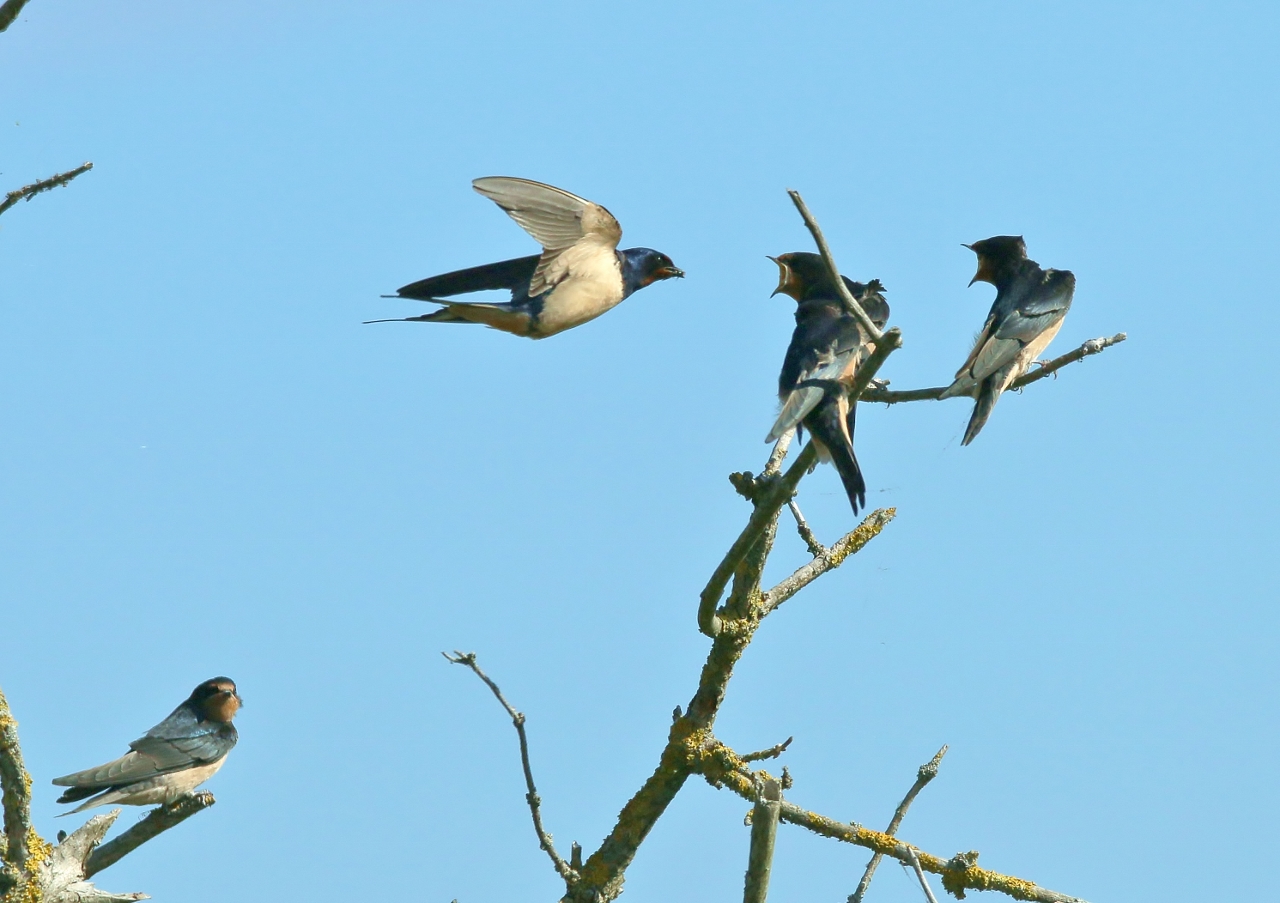 Having collected a good mouthful, they would return. Their young, watched on eagerly.
Having collected a good mouthful, they would return. Their young, watched on eagerly.
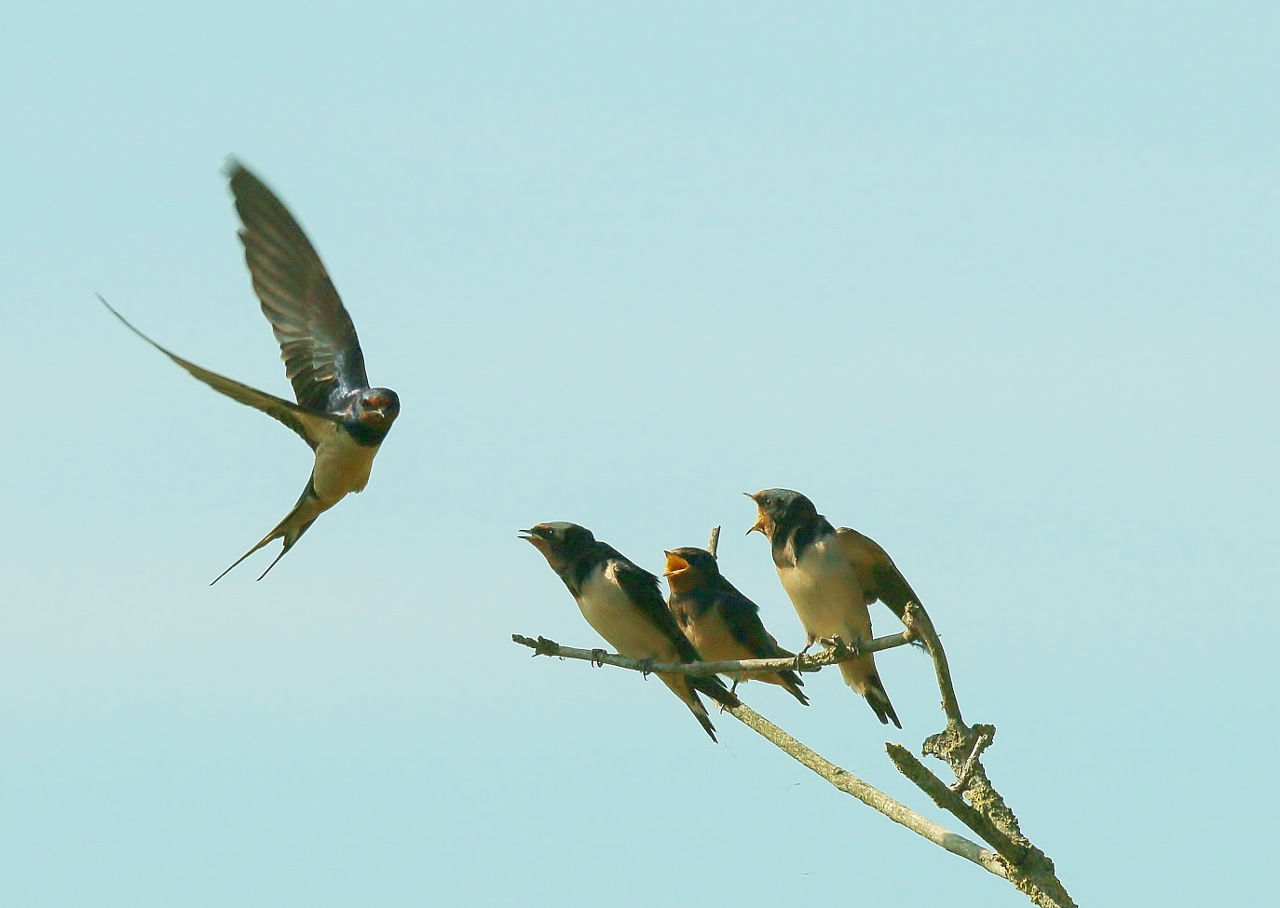
 Opening their mouths simultaneously as the adults returned, in the hope that they would be the next to be fed.
Opening their mouths simultaneously as the adults returned, in the hope that they would be the next to be fed.
Adding to the day’s photos was an oystercatcher flying overhead.
On the “deeps” were a reasonable collection of Mediterranean gulls, still in their summer plumage. This gave me the opportunity of a few photos of them, showing their less attractive cousins, the black-headed gulls, in the background.
Highlights of my ventures to the Riverside Nature Reserve, near Burpham, included a reasonably successful in-flight shot of a brown hawker dragonfly.
By the lakeside I unexpectedly spotted a reed warbler fledgling, bravely attempting to climb up the reeds surrounding it.
Below it was its parents’ nest, neatly weaved, between some reed stems. Poking out of the top of the nest were the several pointy beaks of its siblings.
 Taking a few photos through the gaps in the reeds, a parent returned with a mouthful of insects and fed them.
Taking a few photos through the gaps in the reeds, a parent returned with a mouthful of insects and fed them.
Moving on, several adult reed buntings could also be seen, collecting food for their own young.
I found evening visits gave the best light when it came to taking pictures of the adult great crested grebe with its young, as they traversed the lake.
A greylag goose could also be seen on the lake on several evenings, as well as a growing number of Canada geese.
Whereas, the late morning and afternoon heat of the sun was the best time to catch up with photos of the butterflies presently out on the wing there.
These included a good number of comma butterflies.
Red admirals seemed at long last to be coming out in reasonable numbers there.
Various skipper butterflies could be seen. This included a few Essex skippers, recognised by looking like the small skipper, but with black tips on their antennae.
A few holly blues were back out on the wing on their second brood of the year.
While several small tortoiseshell butterfly could also be found.
Surprisingly, beyond the northern end of the lake I also saw and photographed, a few marbled whites; a butterfly I haven’t often seen in the area.
Another rare sighting early in the month was a hobby, as it flew across and a little way ahead of me as I walked along the main boardwalk.
Also sighted, flying over as I looked up from the boardwalk, late in the day, on July 18, was a little egret.
The first signs that the tide of summer had started to turn, was the sight of starlings grouping together on the pylons by Stoke Lock. Occasionally swooping down to feast on the ripening blackberries by the towpath.
Flitting around in the brambles, as the evenings came to a close, were, what I learned to be, mother of pearl moths. Watching on, I managed to capture a shot, as light faded, of a common whitethroat as it took advantage of them as a food source to feed its young.
A female roe deer also appeared from the long grass, to enter the scrape, now totally dry of water, with its young fawn, putting an end to another fine day.
Another unusual sighting in the Guildford area came my way in the form of an e-mail. A regular reader of The Guildford Dragon NEWS sent me a picture taken just outside of Guildford of a bird that a friend of hers had photographed.
I instantly recognised it to be a lilac-breasted roller, a bird that had been reported just a few days before at Frensham.
The species is found throughout Eastern and Southern Africa. The birds live in open woodland and savannah country, bushy game lands, and areas with well spaced trees.
Even in my own small garden in a suburban part of Guildford, there were items of wildlife to be observed. Several species flew through and some kindly settled long enough to have their photos taken:
A speckled wood butterfly on some ivy.
While a holly blue landed on the forsythia hedge to sun itself for a while.
Even photographing a gatekeeper butterfly on one of my tomato plants.
Also adding a large white butterfly, in flight near my pond.
While in the pond was a grasshopper in dire need of help. With some assistance, I rescued it from the predatory jaws of the fish within.
As a thank you, it allowed me a few photos as it dried itself out enough to then hop away to enjoy another day.
Responses to Birdwatcher’s Diary No.166
Leave a Comment Cancel reply
Please see our comments policy. All comments are moderated and may take time to appear. Full names, or at least initial and surname, must be given.Recent Articles
- City Gain First Away Win at Thatcham
- Letter: Stoke Mill Needs Protection
- Letter: Why Is No One Applying to Waverley Council’s CIL Review Scheme?
- Highways Bulletin: Supporting You Through Local Roadworks
- Warning Over Rising Risk of Type 2 Diabetes in Guildford
- Letter: The Lack of Political Will to Fix the CIL Issue at Waverley Is Worrying
- Notice: Heritage for All
- Letter – Waverley Council’s Answers on CIL Just Don’t Make Sense
- Cyclist Seriously Injured in East Clandon Collision – Police Seek Witnesses
- GBC Admits ‘Significant Failings’ Over Couple’s Home Improvement Ordeal



Recent Comments
- Jan Messinger on Community Governance Review Explainer
- Maria Dobson on Letter: The Lack of Political Will to Fix the CIL Issue at Waverley Is Worrying
- Ian Colvin on Letter: The Lack of Political Will to Fix the CIL Issue at Waverley Is Worrying
- S Callanan on A3100 Guildford to Godalming Portsmouth Road Re-opened
- Tony Harrison on A3100 Guildford to Godalming Portsmouth Road Re-opened
- Murray Rowlands on Woking Council’s Big Bailout – Government Gives Extra £75m
Search in Site
Media Gallery
Dragon Interview: Local Artist Leaves Her Mark At One of England’s Most Historic Buildings
January 21, 2023 / No Comment / Read MoreDragon Interview: Lib Dem Planning Chair: ‘Current Policy Doesn’t Work for Local People’
January 19, 2023 / No Comment / Read MoreA3 Tunnel in Guildford ‘Necessary’ for New Homes, Says Guildford’s MP
January 10, 2023 / No Comment / Read More‘Madness’ for London Road Scheme to Go Ahead Against ‘Huge Opposition’, Says SCC Leader
January 6, 2023 / No Comment / Read MoreCouncillor’s Son Starts Campaign for More Consultation on North Street Plan
December 30, 2022 / No Comment / Read MoreCounty Council Climbs Down Over London Road Works – Further ‘Engagement’ Period Announced
December 14, 2022 / No Comment / Read MoreDragon Interview: GBC Reaction to the Government’s Expected Decision to Relax Housing Targets
December 7, 2022 / No Comment / Read MoreHow Can Our Town Centre Businesses Recover? Watch the Shop Front Debate
May 18, 2020 / No Comment / Read More















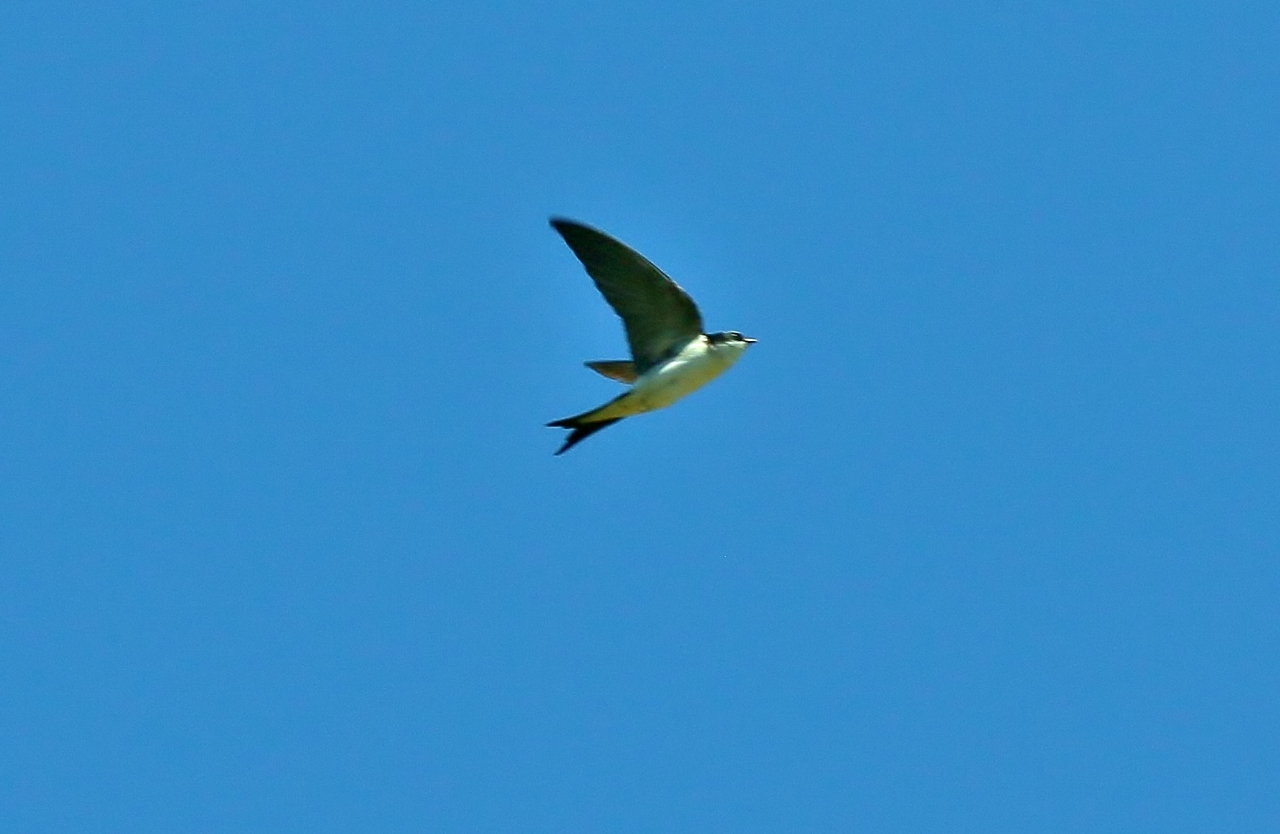





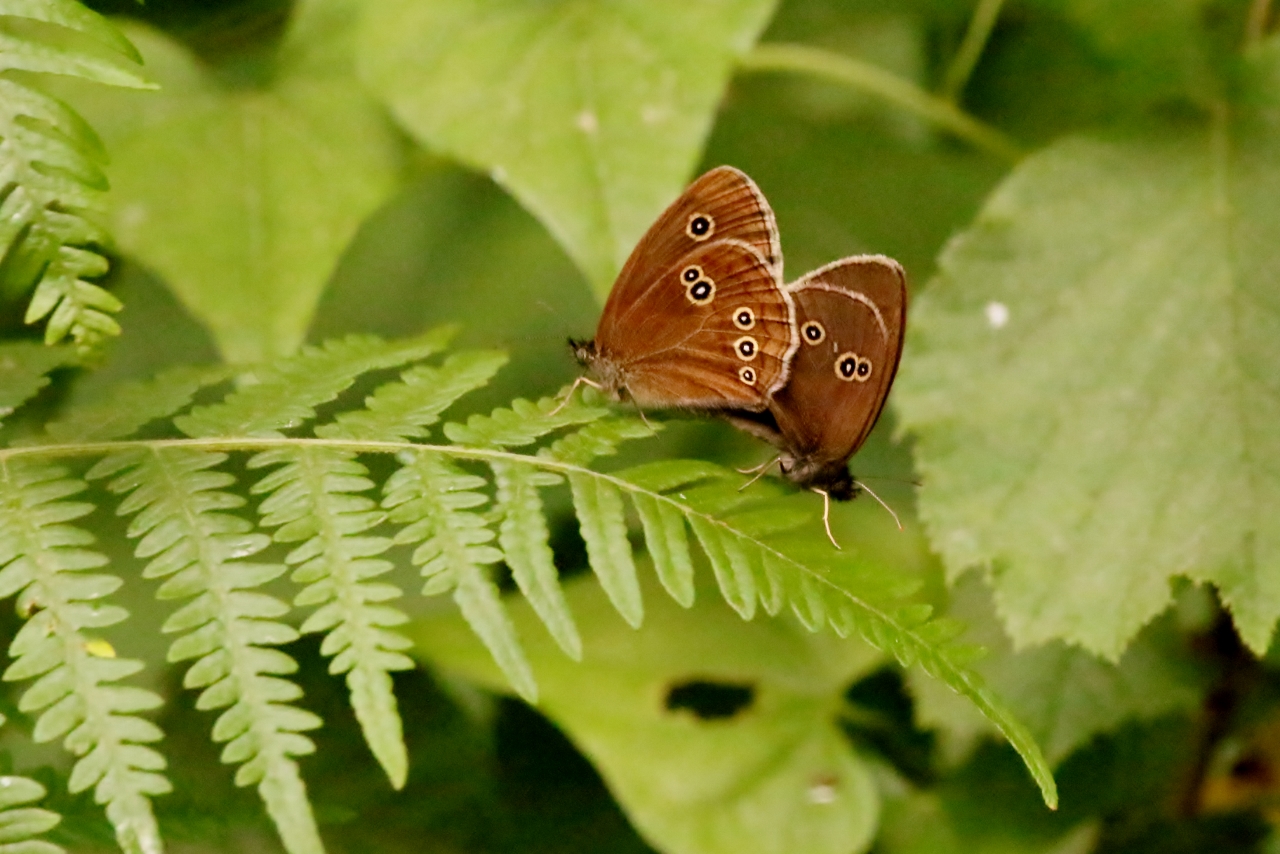





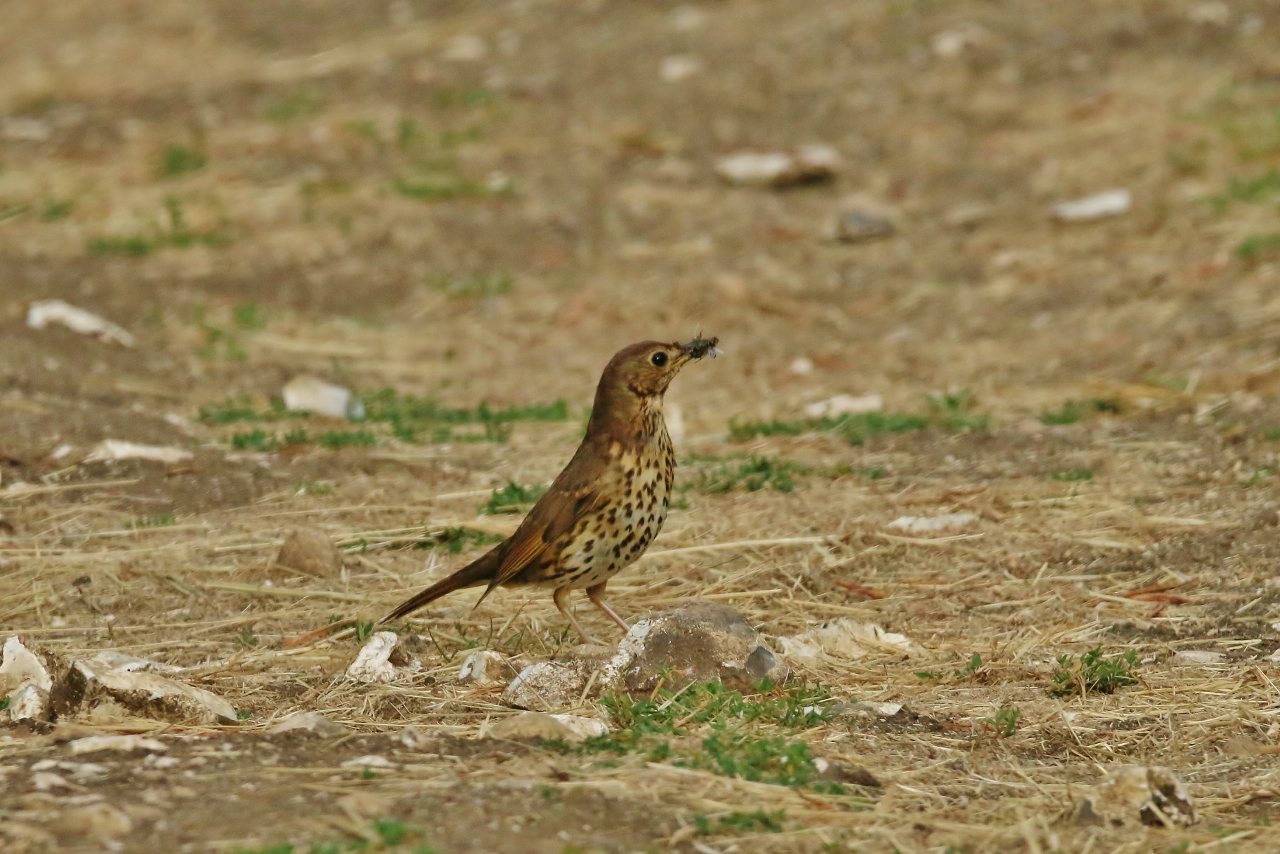

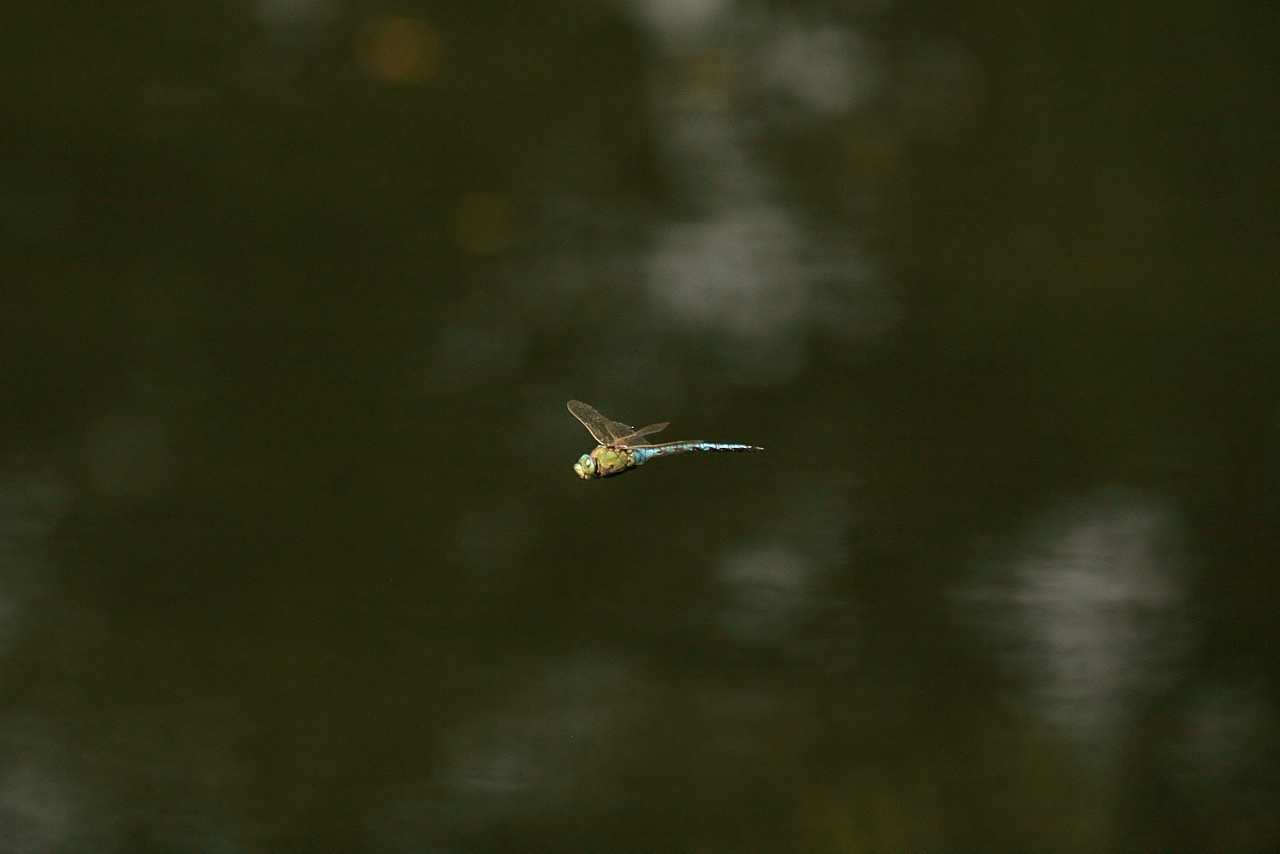


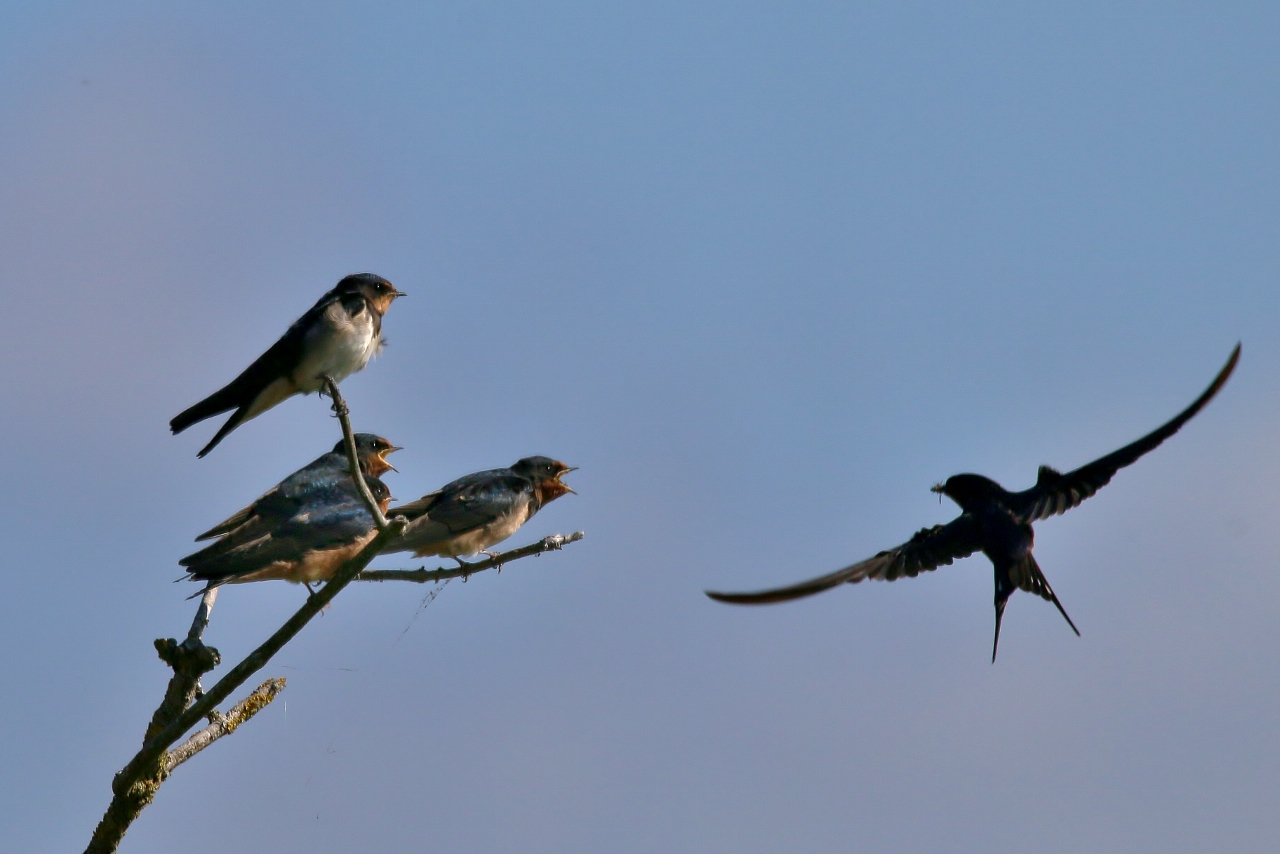

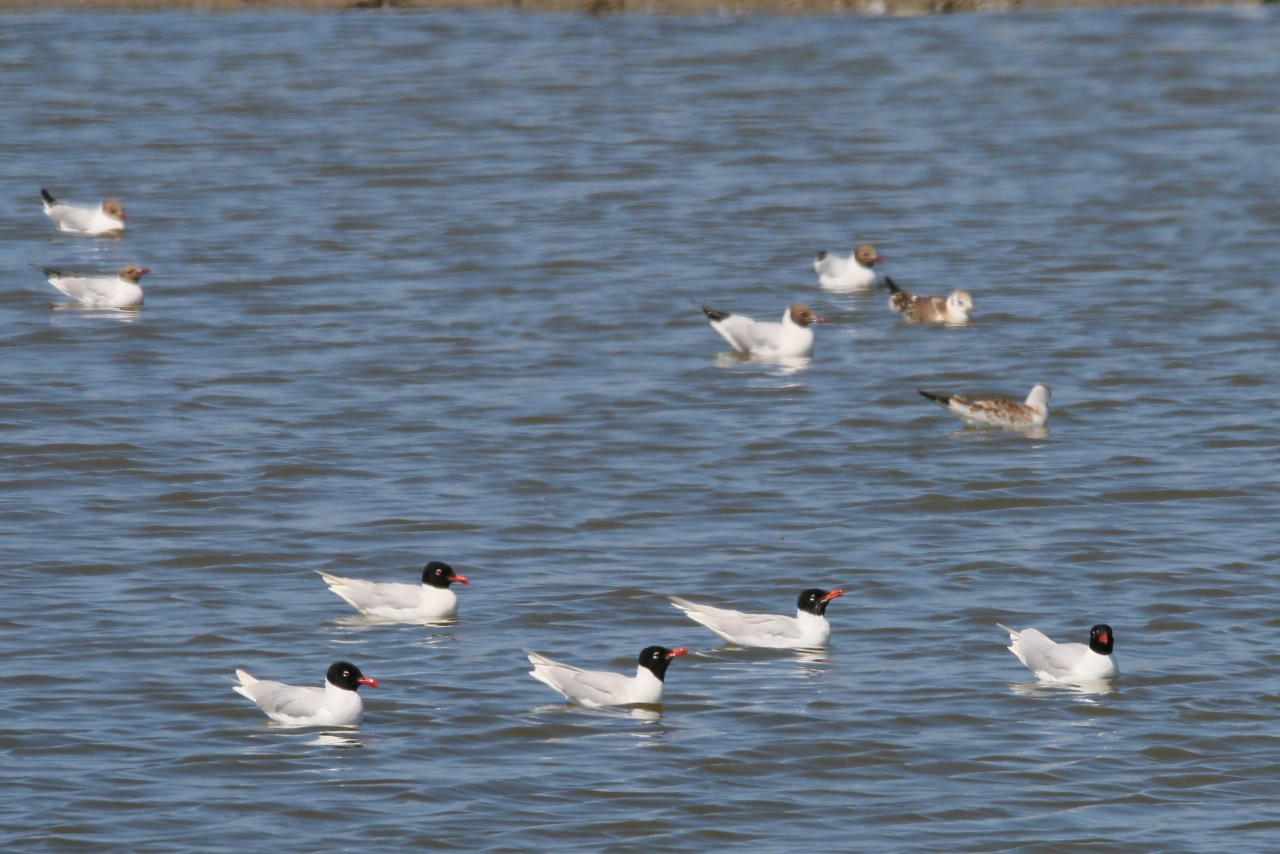




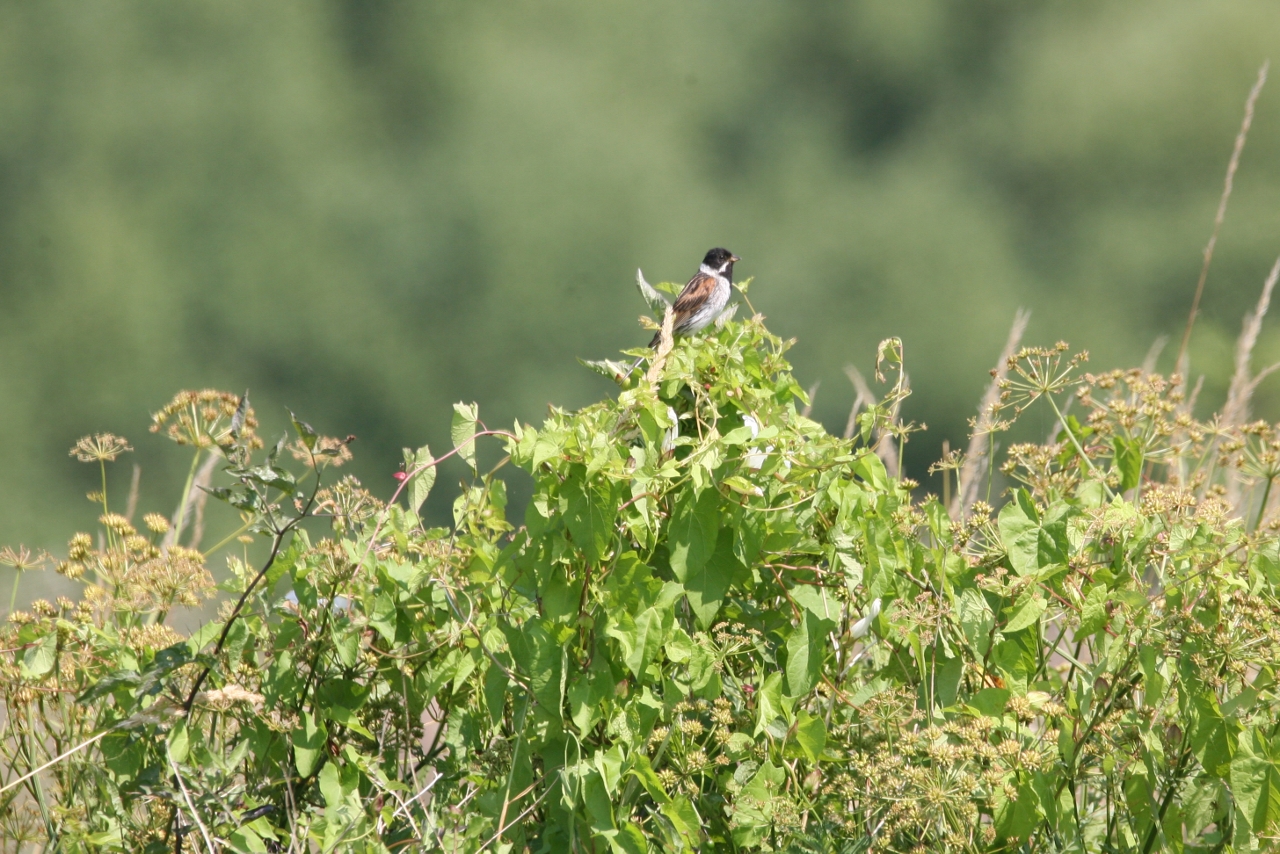










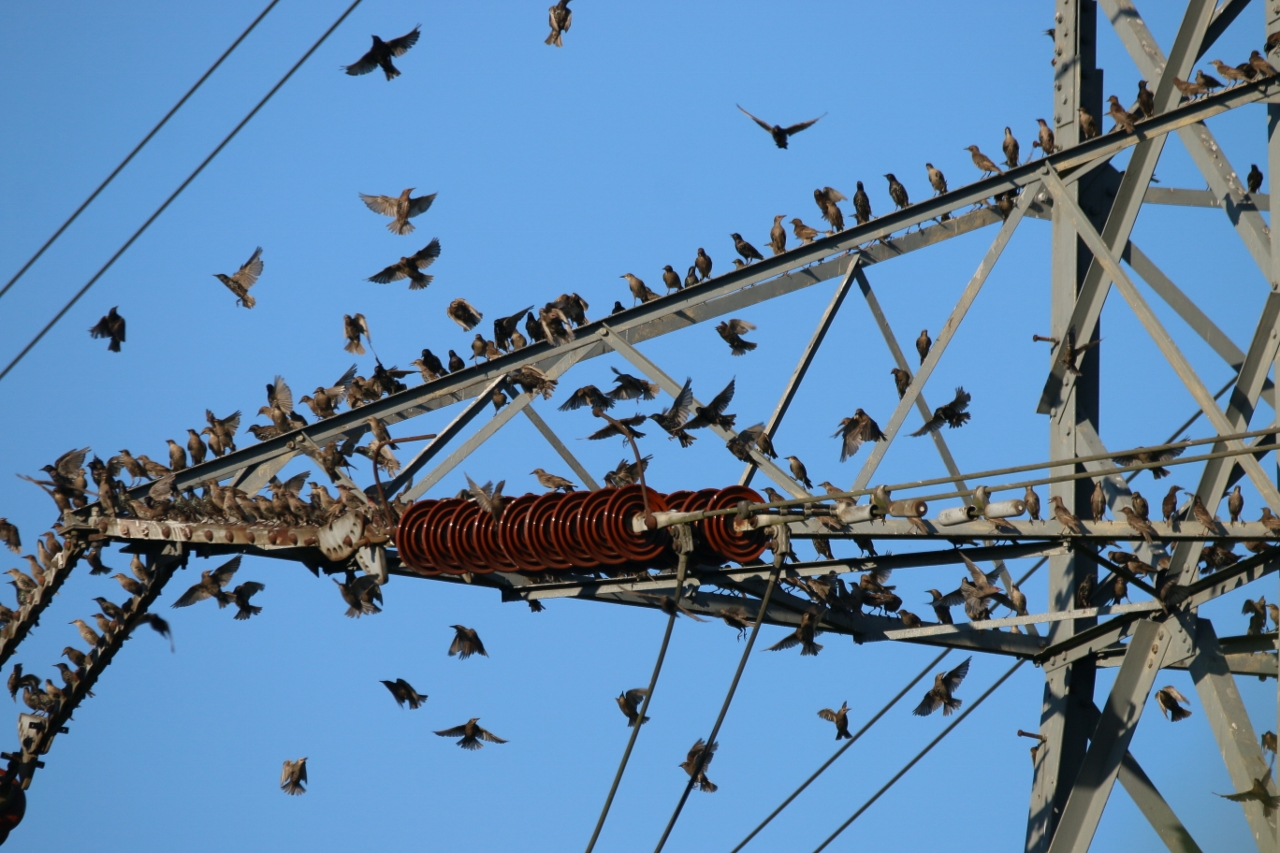







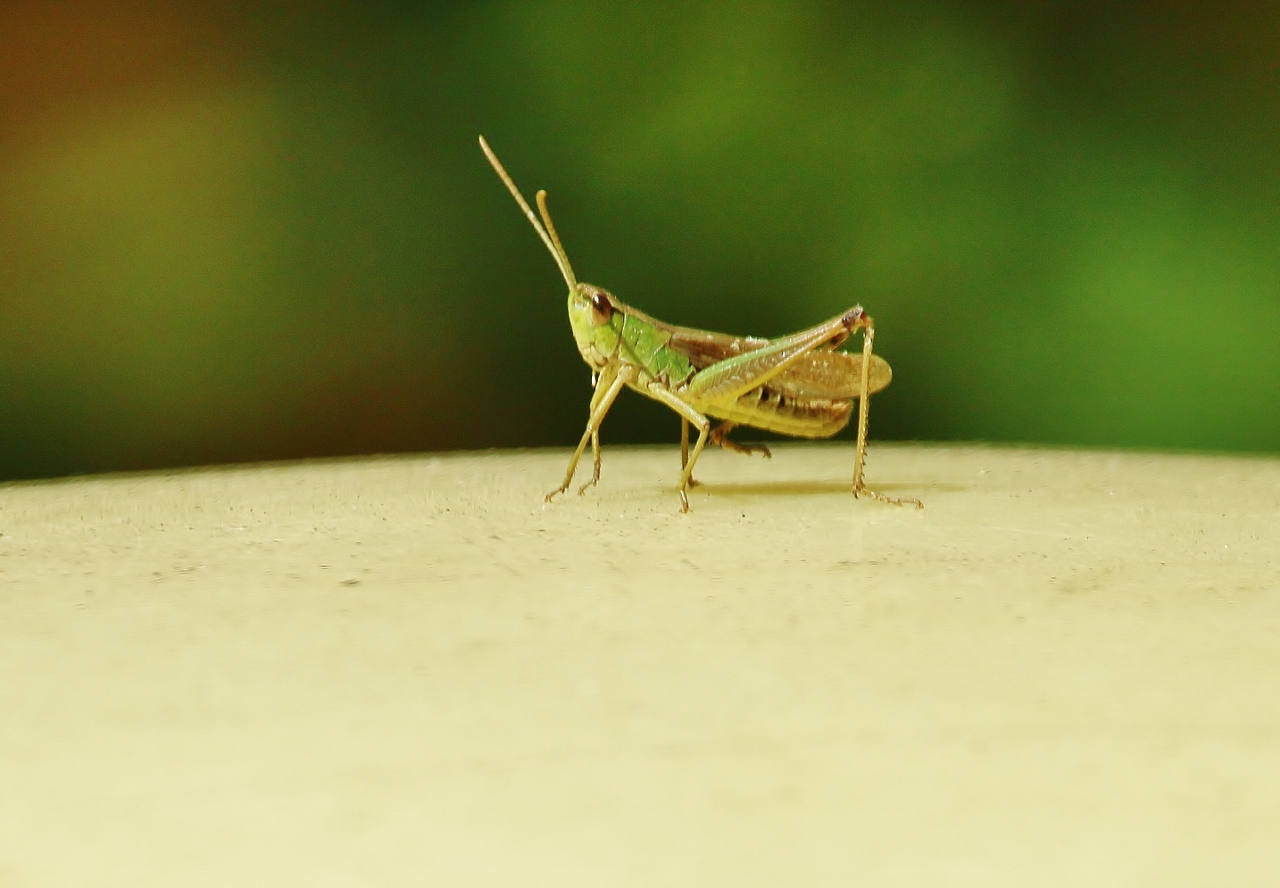










Barrie Morse MRICS
July 23, 2018 at 8:54 am
Your photograph of a house martin is incorrect. The bird pictured appears to be a swallow. House martins have a square tail whereas swallows have forked tails, as shown in the photograph.
[David Rose replies: I edited Malcolm’s copy and I am confident it is a house martin, as he is.]
James Sellen
July 24, 2018 at 9:50 pm
Malcolm and David are spot on – this is definitely a house martin.
Compare this with Malcolm’s excellent swallow photos – the house martin lacks the obvious bib shown by the swallows and the head markings / red throat patch are not shown on house martins.
The apparent forked tail is a result of the house martin partially closing its tail. The squared tail is shown when the house martin fans out its tail feathers.
Excellent report and great butterfly photos. I saw photos of the lilac-breasted roller which was apparently seen at Frensham Ponds. Could this have been an escaped captive bird?
I’m presuming this photo could have been taken using a mobile phone which would imply the photographer would have been extremely close to the roller. A wild bird would not normally tolerate such a close approach. Even so, a fabulous bird!